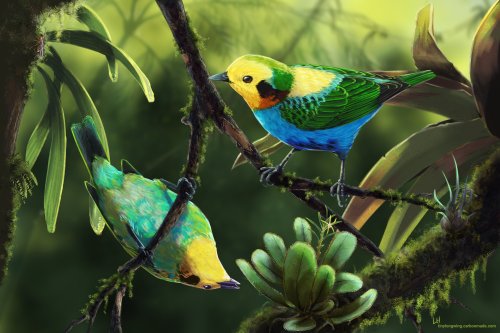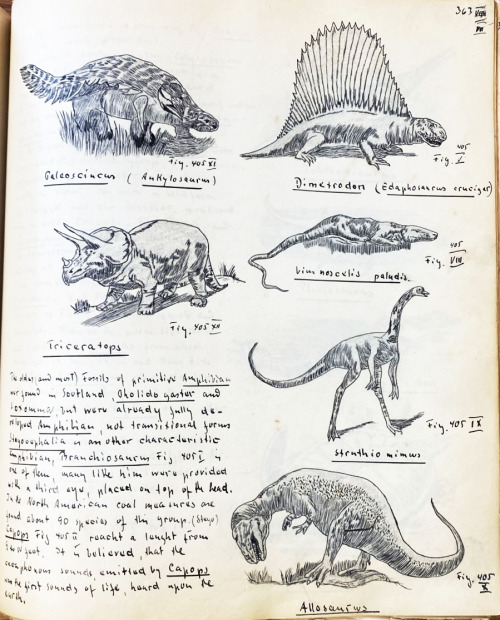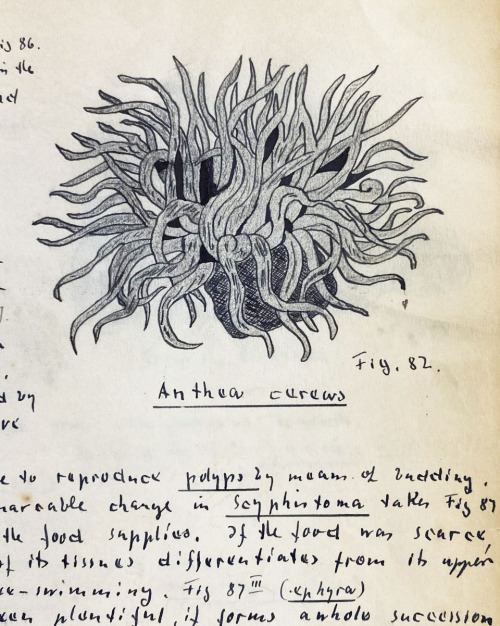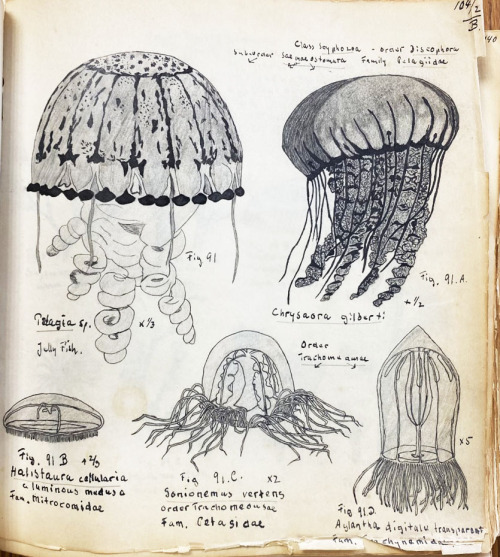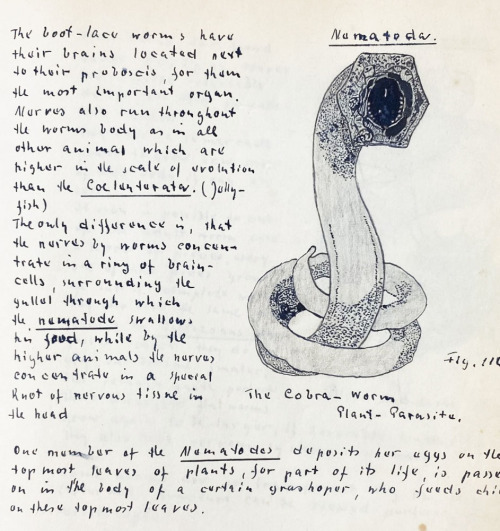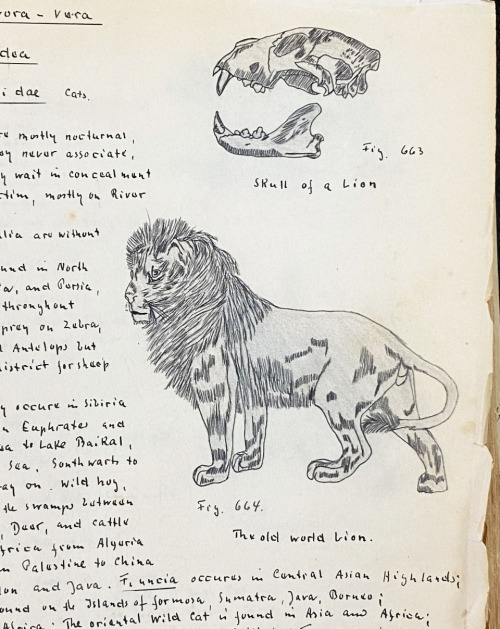#scientific illustration

I still occasionally get commissions for pen and ink portraits and I always love doing them!

I know there are a lot of differing opinions about hybrid macaws but either way, they are pretty to draw this is a ruby macaw, a cross between a greenwing macaw and a scarlet macaw.

A crimson Rosella painting I did for my 2021 calendars

My favorite piece for this year (so far!). I adore scarlet macaws, so any time I get to paint one is a treat

What’s the most beautiful parrot you’ve ever seen in person? For me, it has to be this guy, the plum headed parakeet. I’ve never seen a photo or a painting (including this one) that does justice to the eye-catching coloring of these guys, they are really something else. That purple head is so vibrant Fun fact, when we got Cricket, I actually wanted a plum headed parakeet. But Cricket made up his mind that he was coming home with us, so who were we to say no?

I’ve been crunching away on work for 2020 calendars and they’re almost ready for presale!
I’m also working on a couple other super exciting projects, stay tuned for more into!!

Been a minute Tumblr! Enjoy this bear and his butterfly friend, a moment of serenity amid chaos
“These objects are, it is true, among the humblest of creatures that are endowed with organic life… Here we catch the first kindling of that spark, which glows into so noble a flame in the Aristotles, the Newtons, and the Miltons of our heaven-gazing race.”
Philip Henry Gosse’s stunning 19th-century illustrations of and meditations on coastal creatures and the interleaving of life.
Post link
A quick little monarch butterfly study for Western Monarch Day.
If you have garden space, or even a patio with some containers, you can grow milkweed! Go visit the Xerces Society’s milkweed finder - lots of small local organizations give the seeds out for free.
Post link
Hooray! With the release of The Institute for Bird Populations’ latest blog post, I can now finally share this illustration with all of you! This is a foraging pair of Multicolored Tanagers, among orchids, air plants other epiphytes, and a couple tiny hidden insects. What a treat to be asked to do such a colorful image!
Post link
Cuspirostrisornis houi, a member of the Enantiornithes from early Cretaceous China (Jiufotang Formation, ~120 mya). They shared their forests and wetlands with creatures like the more famous PsittacosaurusandMicroraptor.
With a skull only an inch long, Cuspirostrisornis was roughly sparrow-sized. And like many other Enantiornithes, they probably did not have a full tail fan - just a floofy butt with two long ornamental feathers.
Post link
Lectavis bretincola, a late Cretaceous member of the Enantiornithes from Argentina, chows down on a captured hermit crab.
The only fossils of this species found so far are legs, but they were long and relatively sturdy, suggesting the bird had a similar size and lifestyle to medium-sized wading birds like curlews. They lived in and around freshwater or brackish lakes and river deltas and possibly feasted on crustaceans and other invertebrates found in those habitats.
Post link
Science Saturday: Evolution Manuscript
This week we revisit the massive, 11-pound, 650-page, loose-leaf-bound manuscript titled Evolutionthat was completely handwritten by Hans Q. Ewald starting in 1936. It includes numerous original drawings by his wife Helen Ewald. It is a bit of mystery as to who the Ewalds were, we know so very little about them. UWM Special Collections came into possession of this manuscript in 1985 after it was sent from a donor in Portugal. The donor letter indicates that Hans Q. Ewald may have been a professor in Milwaukee. If anyone has any other information, please let us know!
We have previously highlighted various birds from this manuscript, but for this Science Saturday I thought I would show a sampling of other life forms such as dinosaurs, jellyfish, a locust (with a horse-like head), parasites, a pangolin, and a lion! The diversity of life on Earth is truly astounding.
View more posts from the Ewald Maunscript.
View moreScience Saturday posts.
–Sarah, Special Collections Graduate Intern
Post link
Eastern mudsnail (Tritiaobsoleta) and Atlantic oyster-drill (Urosalpinx cinerea) illustrations I made at work a couple of years ago for an educational coloring book. Both are common invasive species in the San Francisco bay, which is a shame coz they’re pretty darn cute.
Post link
Second inktober 2016 vulture! This time a white-headed vulture. Still critically endangered, just like most of Asia and Africa’s vultures. You can help by checking out save-vultures.org and vulpro.com !
Also I am officially in love with PITT pens
Post link

Area 51
Italy, 19/08/2019
Seven plants, including two orchids, a camellia and two hawthorns (circa 1836).
Etching with watercolour.
Image and text information courtesy The Wellcome Collection.
Post link



